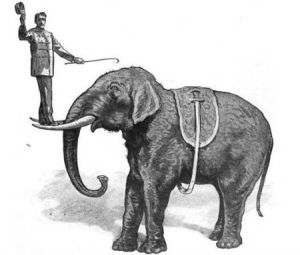The history of cutlery is not as boring as you might think
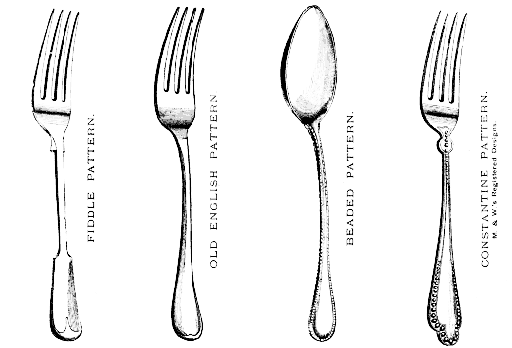
About a month ago, I agreed to write book on the history of dining. (The subject is perhaps an odd one to follow my book on fasting that comes out later this year. But, hey, I’m a woman of contradictions.) And I am genuinely happy that I did. It’s a great privilege to publish a book. God knows I spent about five years suffering setbacks in that effort before my first book, Fermented Foods, became a reality. Yet another part of me feels somewhat queasy about it and asks, “Why have I done this to myself yet again?”
Because I’d like the writing of my book on dining to be less solitary, and because only a portion of what I discover ends up in print, I’ve decided to share some of my more interesting findings on this platform. Take, for example, cutlery, the subject I’m currently researching. I admit I wasn’t looking forward to drafting a chapter on such a seemingly humdrum topic. Outside of the odd collector, who cares about forks, table knives and spoons? No great event hinges on them that I can think of, no kingdom lost for want of a butter spade.
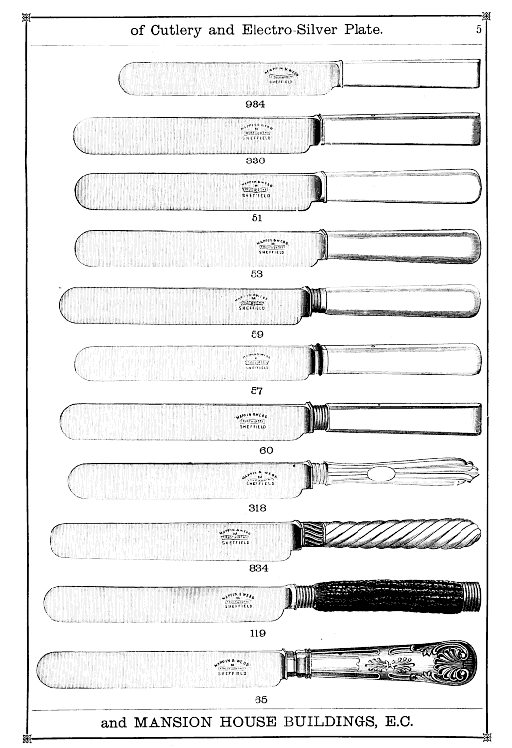
But, to my surprise, cutlery is quite interesting, in part because there was once such an overwhelming variety of it. Scroll through a scan of a nineteenth-century domestic catalog and you’ll discover a whole new world of dining utensils. Need a fork? You could choose from among pickle forks, oyster forks, steak forks, bread forks, and cold meat forks, to name just a few. Spoons likewise came in a seemingly infinite variety: berry spoons, salad spoons, olive spoons, orange spoons, nut spoons, and porridge spoons. And there were a multitude of dinner knives, too, including cake knives, ice cream knives and fish knives, not to mention miscellaneous tools such as pea servers, cheese scoops, cucumber servers, sugar sifters, and food pushers.
Indeed, for most of history people enjoyed a far more interesting array of tableware than we do today. Romans of antiquity, for example, had a spoon solely for eating eggs. It was a strange and delicate thing, much like a christening spoon; although it also had a sharp point at its end, like a skewer, so it’s probably something you wouldn’t want to use around a baby. The pointed end served for piercing an egg at its end. Once a hungry Roman pierced it, he would suck the white and yoke out of the shell through the hole. This fiddly yet indecorous technique served two purposes. First, it left the shell intact as its contents were consumed, preventing any mess. Second, it freed any demons he thought might be lurking in the egg. (Some folks even buried the intact eggshells under the floors of their homes as added insurance against meddlesome spirits.)
Then, there was the 18th-century English snuff spoon. Though not cutlery per se, this little spoon became a fixture at table with the popularity of tobacco in powdered form. Men and women took snuff whenever the craving struck. To ensure they could do so easily, they carried it in small bottles to which they affixed snuff spoons. In Ireland, for example, “the early snuff-takers did not sniff snuff by pinches,” an 1853 issue of Household Words tells us. Rather, they toasted tobacco leaves before the hearth fire, ground the leaves into a fine powder with a ram’s horn, heaped the powder on a snuff spoon, snorted it up, and dusted their noses with a rabbit’s foot that they kept with their spoon. By 1853, however, few were the men who could “inhale snuff by the spoonful.” The falloff in virility was apparently such that the author lamented, “But what can we expect in these degenerate days!”
(It may be that daring gave way to prudence. In the same issue of Household Words appears an account of a man who, after a “too copious dose of snuff,” had fallen into a “violent fit of sneezing” — of such violence, in fact, that in the midst of his “convulsive movements” he threw himself from his chair into his footbath and “so asphyxiated.”)
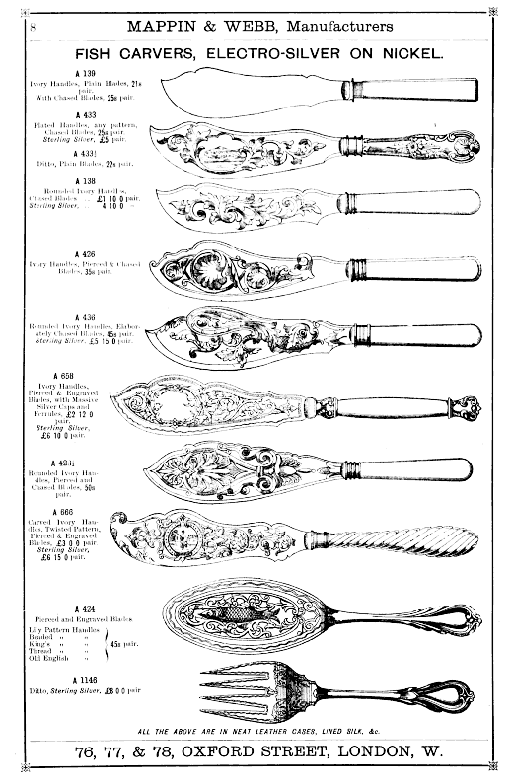
If snuff spoons signaled manliness, spoons for dining evoked the distaff side, owing to associations with milky porridges and puddings. Such, anyway, was the thinking of anthropologist E.A. Hammond in 1967, after analyzing the fork, knife, and spoon as sexual symbols. He concluded that “differentiation” of these utensils “is thus basically male versus female.” Hammond did qualify his conclusion by adding that “the distinctions are not absolute.” Most challenging for Hammond in this regard was the fork. He situated it in an Oedipal relation with the other utensils. The spoon was the mother, evidently owing to its defining functional feature, its bowl; and the knife, for reasons you can probably guess, the father. The fork was the son, and the familial tension between the three is suggested in place settings. “[T]he British spoon mediates between the knife and fork, and … the American knife comes between the fork and spoon, Hammond writes.
The fork was long a mischief-maker. An 11th-century Byzantine princess was supposedly cursed with plague for using one. A few hundred years later, Martin Luther saw the fork as emblematic of Catholic decadence and implored God to “preserve him” from using it. And a few hundred years after that, people were still taking a dim view of the utensil. In 1837, American etiquette writer Eliza Ware saw the fork as an affectation and suggested people feed themselves with knives alone, provided they “do it neatly.” In 1897, English sailors thought forks “unmanly” and ate their salted beef and biscuit without them. And in his 1927 novel Babylon, French Surrealist René Crevel depicts forks as homewreckers. His young protagonist creates a whole fantasy about a fork, which represents a bewitching red-headed English adventuress who ran away with her father, whom she imagines as a knife, his white flannel trousers resembling the knife’s ivory handle. “I love you so much,” the little girl has Mr. Knife say to Miss Fork. Then, he cryptically adds, “You are a whore like death…”
Knives, forks, and spoons coexist happily enough today — though they are much diminished in their variety and beauty. Who in 2023 owns and uses a berry spoon or ramekin fork? But, then again, who really needs such things? My favorite spoon is a tarnished, heavy thing, somewhere between a soup spoon and a serving spoon. Imprinted on it in tiny letters along the underside of the handle is “Germany U.S. Zone.” It’s a small reminder of large historical events, one that connects me to the strange and humbling continuum of human experience. This, to me, is decoration enough.
I leave you with a recipe for Eggs à la Bonne Femme from A Selection of Dishes and the Chef’s Reminder (1909). Eat it with whatever utensil you see fit!
Eggs à la Bonne Femme
Fry some sliced onions in butter, when tender add a spoonful of vinegar, butter a shirred egg dish, spread the bottom with the onions, break in the eggs, place in the oven till set, then pour over a spoonful of Lyonnaise sauce and serve.
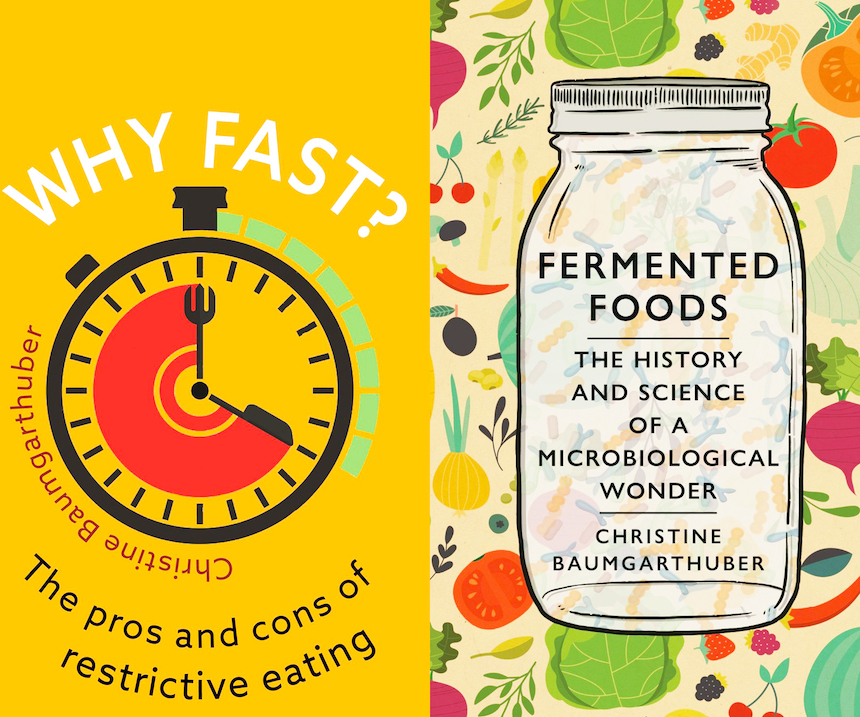
Would you rather receive The Austerity Kitchen by email? Then sign up for my Substack.
And, if you’d like to help the Kitchen keep cookin’, please consider picking up copies of my books, Why Fast? and Fermented Foods.
